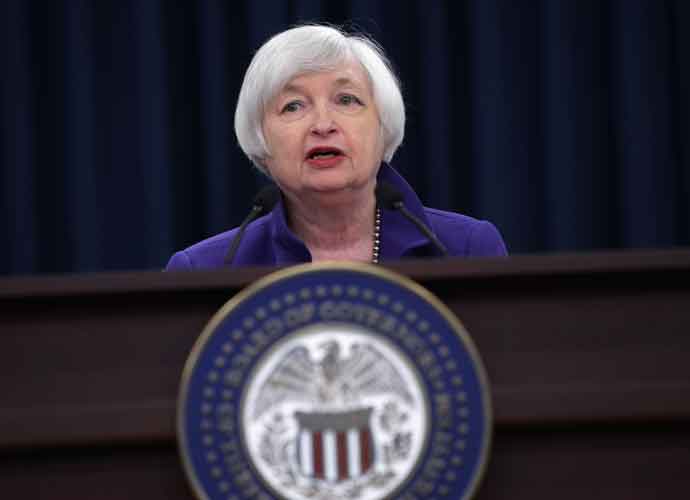Inflation Rose 5.8% In December, Alarming Economists
A key inflation gauge, the PCE Price Index, rose 5.8% in December from December 2020. The high inflation rate ties June 1982 in at the fastest pace ever, according to the Bureau of Economic Analysis.
The PCE Price Index examines the prices Americans are paying for a variety of things – like food. Then it adds in how those costs are changing over a period of time.
The report also stated that consumer spending decreased by 0.6 percent in December, likely due to the spike in Omicron variant cases. As numbers soared, fewer Americans spent money on traveling, entertainment and eating at restaurants.
“Consumer spending will struggle to post any growth in [the first quarter] given the weak handoff, though it should rebound in [the second quarter] with support from high savings,” Sal Guatieri, a senior economist at BMO said.
Subscribe to our free weekly newsletter!
A week of political news in your in-box.
We find the news you need to know, so you don't have to.
Along with spending less money due to the pandemic, American incomes increased. Personal incomes went up by 0.3% while disposable incomes improved by 0.2%. This means that inflation erases increases people got in their paychecks.
The high inflation will be difficult to slow down. With higher wages, comes companies being forced to make their product more expensive so they are able to pay their employees. This is called a “wage-price spiral.”
High and lingering inflation is the result of supply-and-demand dynamics resulting from the pandemic.
As the pandemic started to wane over the past year, people started spending more since they could do more and had more money in their pockets from the year spent at home. Companies could not keep up with production to satisfy the demand.
Federal officials said that after raising interest rates, they predict that PCE Price Index to decrease to 2.5% to 3% by next December.
Get the most-revealing celebrity conversations with the uInterview podcast!









Leave a comment